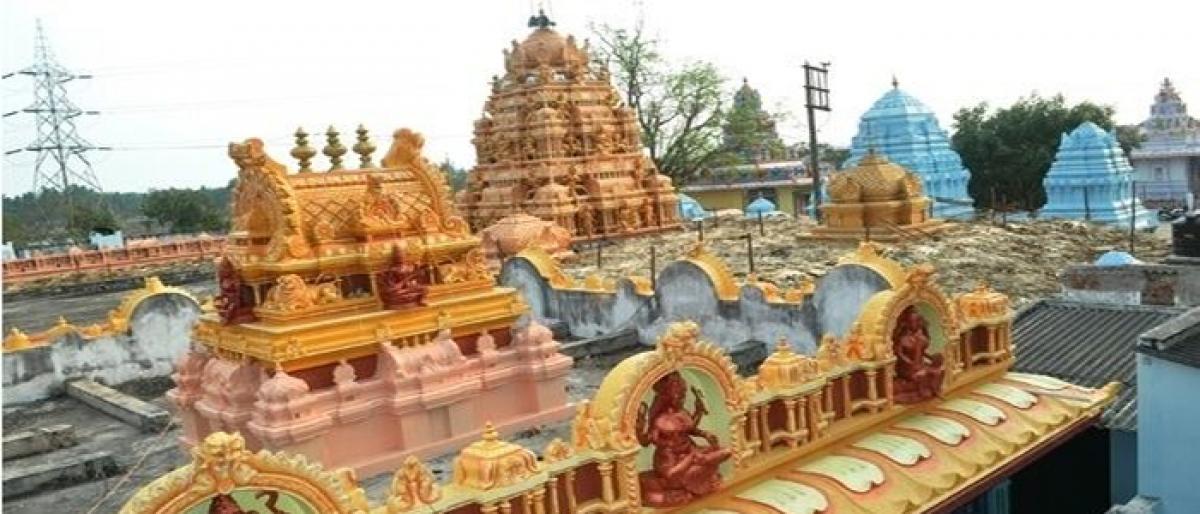Live
- US election outcome not to change direction of South Korea-US alliance: Seoul envoy
- 'Manipur Super 50' scores big in providing opportunities to the state's youth
- L&T Technology Services logs Rs 1,304 crore in net profit in FY24
- Rajya Sainik Board-Kolkata empowers deceased veteran's daughter with mobility
- BJP complains to ECI against Abhishek Banerjee for 'abusive' remarks against party candidate
- IPL 2024: RCB elect to bat first against in-form Sunrisers
- Selectors likely to name squad for T20 World Cup this weekend, say BCCI sources
- 'Democracy is crying', Mamata Banerjee sharpens attack against HC ruling in school jobs case
- Vet student 'suicide': Kerala HC dismisses suspended VC's petition challenging action against him
- Credit card data of 17K ICICI Bank users exposed; bank blocks cards, assures compensation









